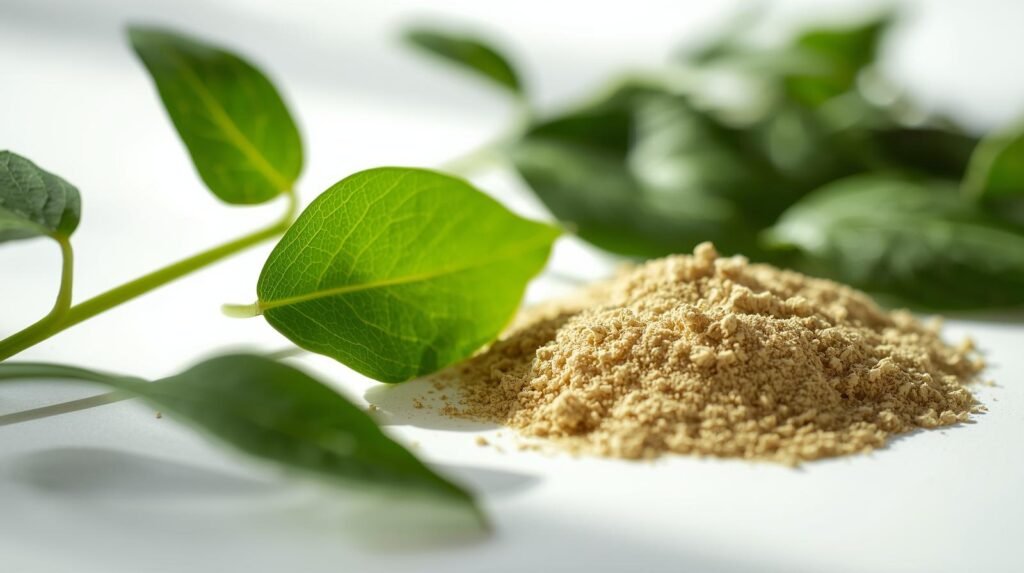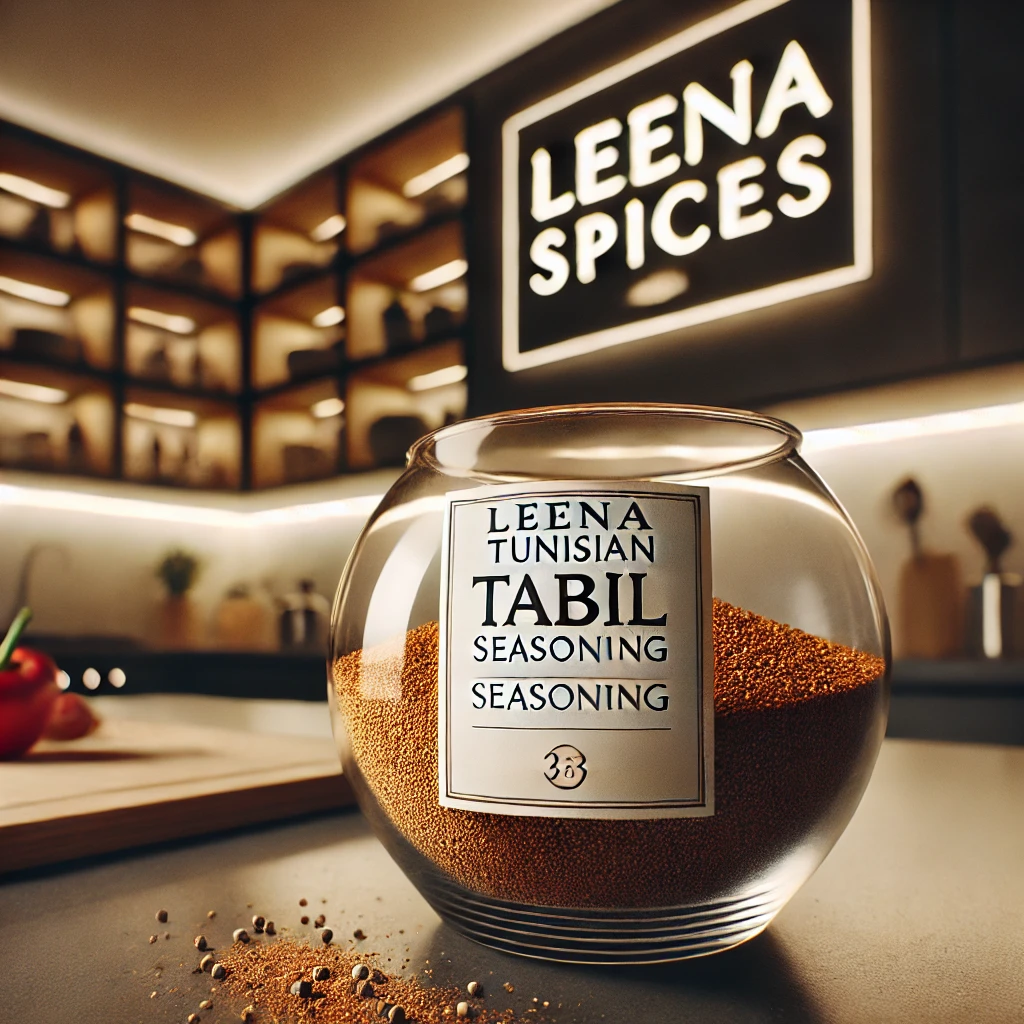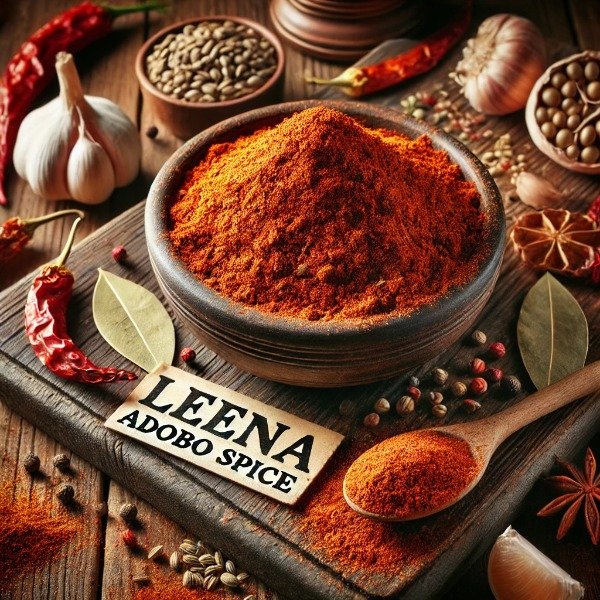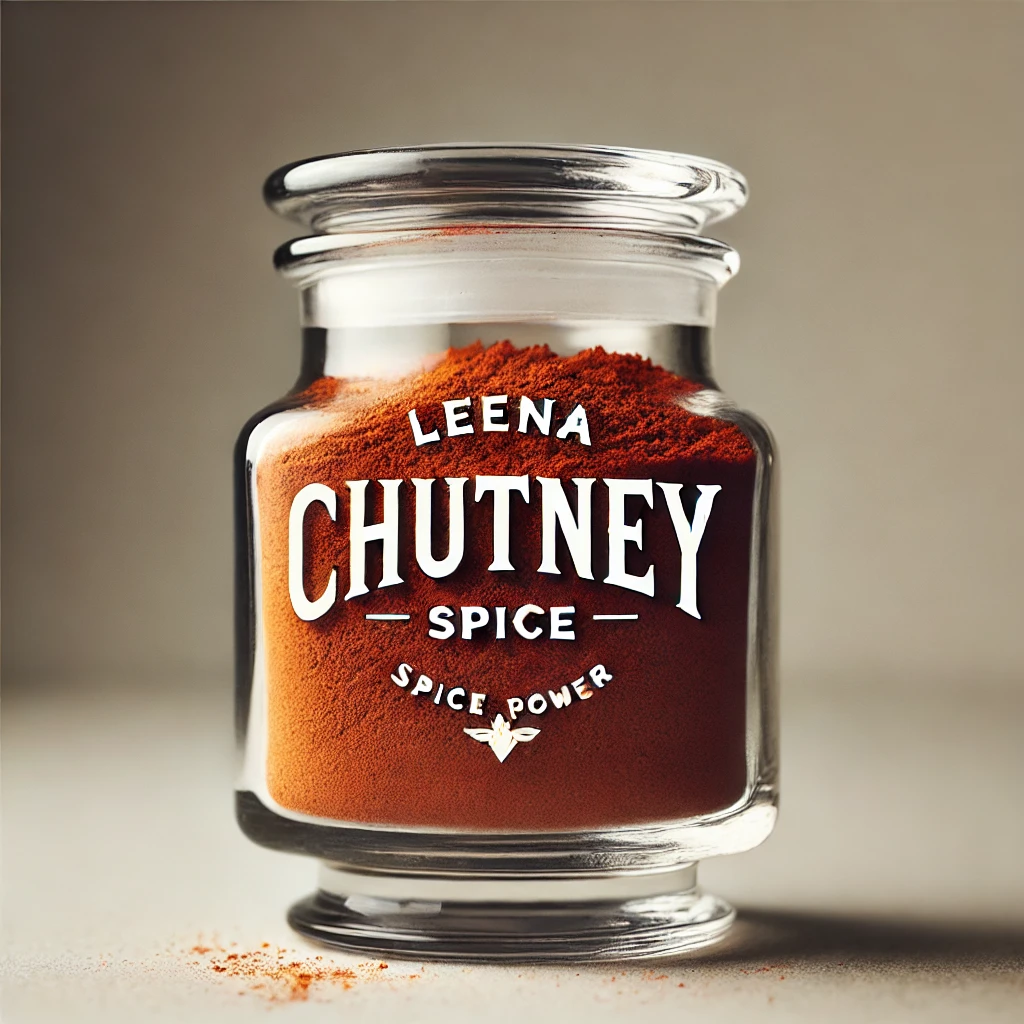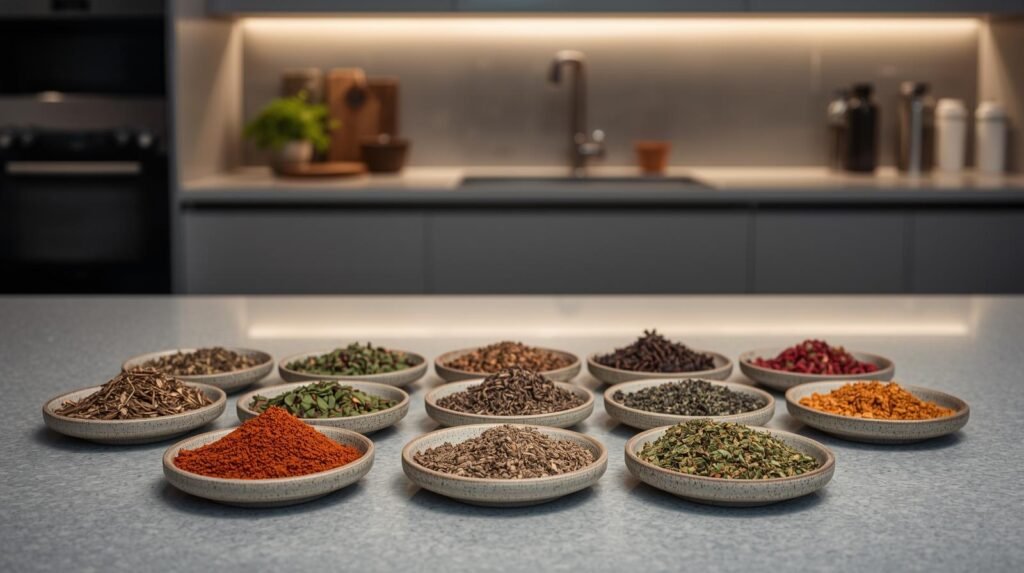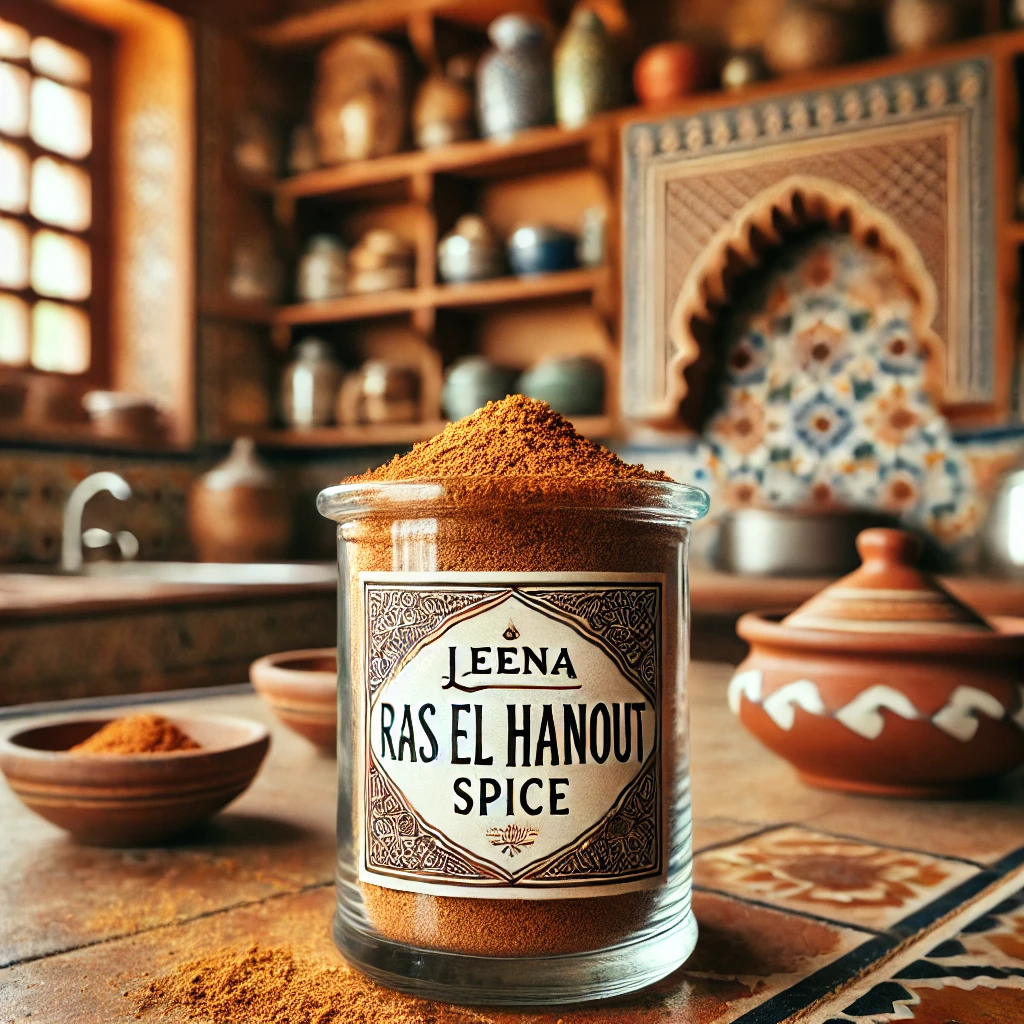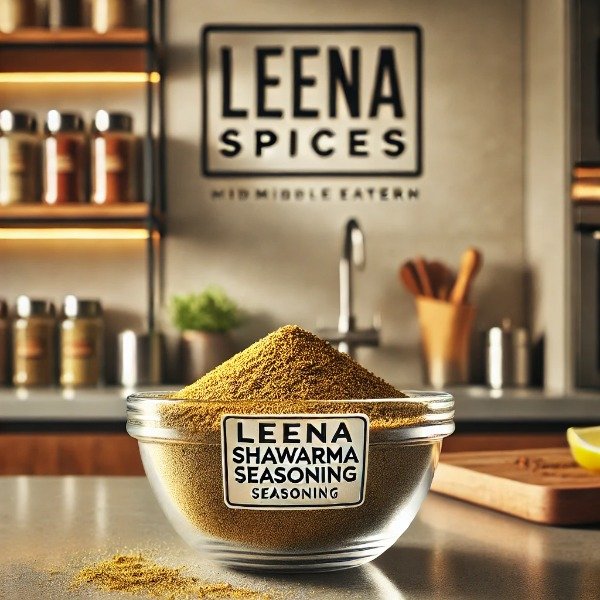How to Start a Spice Business With No Money
Table of Contents
- Introduction
- Start Small
- Begin with a Few Blends
- Direct Sales to Individuals
- Build Your Brand
- Creating a Memorable Brand Identity
- Packaging and Presentation
- Where to Sell Your Spices
- Farmers’ Markets
- Craft Fairs and Artisan Markets
- Local Grocery Stores & Specialty Shops
- Restaurants and Cafes
- Online Marketplaces
- Farm-to-Table Delivery Services
- Community Events and Festivals
- Schools and Institutions
- Roadside Markets
- Food Trucks & Food Stands (Food on Wheels)
- Your Own Website
- Marketing Your Spice Business
- Collecting Email Addresses
- Blogging for Visibility
- Building a Social Media Presence
- Expanding Your Business
- Adding Related Products (Teas, Sauces, Accessories)
- Offering Cooking Classes
- FAQs on Selling Spices and Starting a Spice Business
- Conclusion
Introduction
The Growth of the Spice Business
The spice industry has been experiencing consistent growth worldwide, driven by increasing demand for natural flavors, healthier diets, and global cuisine trends. From household kitchens to restaurants and food manufacturers, the need for high-quality spices continues to rise. According to market projections, the global spice market is expected to grow steadily from USD 13.5 billion in 2018 to nearly USD 29.2 billion by 2030. This upward trend highlights the strong potential for entrepreneurs to enter the spice business and tap into a thriving global market.

Spice Business Startup
When we first started experimenting with spices, selling them was never part of the plan. Our passion for cooking and creating unique blends was something we enjoyed sharing with family and friends. We spent countless hours trying different combinations, refining flavors, and perfecting our recipes—simply because we loved it.
As we shared our blends with those around us, the response was overwhelming. Friends and family couldn’t get enough and kept coming back for more. Their enthusiasm and encouragement sparked an idea—what if we turned our passion into something bigger?
What started as a small side project soon blossomed into a thriving business. At first, we took small, careful steps, offering our blends to a wider audience. The positive feedback kept pouring in, and before we knew it, our little passion project had grown into a full-time venture.
Now, we are excited to guide you with exact steps and strategies that helped us grow our business. It wasn’t an overnight success and it took time, patience, and perseverance. By following our approach and staying committed, you too can achieve your goals, one step at a time.
Starting and Scaling a Spice Business
Begin by managing a small amount. You can start with just a few blends. We started with Garam masala and added Butter chicken later on.
Direct Sales to Individuals
Direct sales to individuals offer you a personalized way to connect with customers, build relationships, and share the freshness and flavor of your products, whether they are neighbors, families, or friends.
Launch Your Own Spice Brand
Develop a brand for your business. This could include a memorable name, logo, and packaging. A cohesive and appealing brand can make your products stand out.
Where to Sell Your Brand
Farmers’ Markets
Farmers’ markets aren’t just about buying and selling. These lively gatherings bring together farmers, artisans, and local producers to display their goods. Selling at these markets offers numerous benefits, beyond making money. It provides an opportunity to engage directly with customers, educate them about your product, and build lasting relationships within community. Also cook and take a sample dish using your spice blend as a taster.
If you are just starting out and don’t have enough blends yet, consider packing and selling single spices. It is a great way to build your brand and attract customers while giving you time to develop your blends.
Craft fairs and artisan markets
Craft fairs and artisan markets are lively events that celebrate creativity and locally made products. Joining these gatherings gives you a special chance to display your spices to a diverse audience of artisans, shoppers, and food enthusiasts.
Local Grocery Stores and Specialty Food Shops
Local grocery stores and specialty food shops serve as important outlets for selling to customers who value convenience, quality, and locally sourced products. Partnering with these establishments provides an opportunity to reach a broader audience and showcase the freshness and flavor of your blends to discerning shoppers.
Restaurants and Cafes
Restaurants and cafes are great places to sell to chefs and cooks who want quality ingredients for their meals. Working with these places gives you a consistent market for your products and lets you show off the taste and many ways to use your herbs and spices to people who love food. Emphasize the freshness, aroma, and vibrant color of your products.
Online Marketplaces
In the digital age, online marketplaces have emerged as powerful platforms for connecting producers with consumers, offering a convenient and accessible way to buy and sell goods. Selling through online marketplaces allows you to reach a wide audience of customers across geographical boundaries, tapping into the growing demand for locally sourced and artisanal products.
Farm-to-Table Delivery Services
Community Events and Festivals
Community events and festivals are vibrant gatherings that bring together residents, visitors, and local businesses to celebrate culture, traditions, and shared interests. Participating in these events offers a unique opportunity to engage with the community, showcase products, and establish connections with customers.
Schools and Institutions
Schools and institutions represent valuable avenues to promote healthy eating habits, support local agriculture, and provide nutritious herbs and spices to students, faculty, and staff members.
Roadside Markets
This direct-to-consumer approach offers customers a unique shopping experience, allowing them to interact with your herbs and spices. Focus on creating an inviting and visually appealing display that highlights the freshness and variety. Utilize signage, banners, and product samples to attract passersby.
Food On Wheels
Specialize in your niche by selling delicious and convenient meals cooked with your blends from your food truck or food stand, serving customers on the go. Educate them about your non preservative blends. Always check up with legal requirements if any.
Marketing your Business
Your Own Website
Creating your own website is a powerful way to show who you are and what you do online. It lets you share your work, ideas, or business with people all over the world. Whether you are starting a business, sharing your art, writing a blog, or running a small shop, having a website is really important today. It helps you reach out to people who might be interested in what you offer, like customers, clients, or fans.
Collect Email Addresses
When we started we had less than twenty email customers in our list. Collecting email addresses is an important part of building your online presence and staying connected with your audience. By gathering email addresses from visitors to your website or customers who buy your products, you can create a valuable contact list for sending newsletters, updates, promotions, and other important information. Offering incentives such as discounts, freebies, or exclusive content in exchange for email sign-ups can encourage visitors to share their email addresses with you. Once you have a list of email subscribers, you can nurture these relationships by sending regular, relevant, and engaging emails that provide value and keep your audience informed and engaged with your brand or content. Remember to always ask for permission before adding someone to your email list and to provide easy opt-out options to respect their privacy preferences.
Blogging
Social Media Presence
Having a strong social media presence is essential for reaching and engaging with your audience in today’s digital world. Social media platforms offer valuable opportunities to connect with potential customers, clients, or followers. By regularly posting updates, photos, videos, and stories, you can build a loyal following, drive traffic to your website or blog, and foster meaningful interactions with your audience.
Expanding Your Business
Scaling Your Business
Scaling your business with other related products can be an effective way for attracting new customers, and boosting sales. Consider offering a diverse selection of kitchen varieties to cater to different tastes and preferences. This includes teas, coffees, speciality sauces, condiments, mortar and pestle sets, or herb storage containers. There are endless options.
Cooking Classes
Online as well as physical cooking classes are a great way to show how versatile, tasty, and healthy pure spices can be. Offer classes that cover a range of meal categories, including appetizers, soups, salads, main dishes, side dishes, and desserts, as well as beverages and condiments.
FAQs on Your Spice Business
1. Can I start a spice business with no money?
Yes, it’s possible to start with little or no money by beginning small. You can start by packaging and selling single spices or a few blends to family, friends, and neighbors. Farmers’ markets, local events, or even social media can help you test your products without heavy upfront investment.
2. What are the first steps to starting a spice business?
Begin with creating a few quality blends or selling single spices. Then, work on building a brand—choose a business name, design a simple logo, and create appealing packaging. Once that’s ready, start with direct sales, farmers’ markets, or online platforms.
3. Do I need special licenses to sell spices?
Yes, in most regions you’ll need food handling certification, a business license, and packaging labels that follow food safety regulations. Requirements vary depending on where you live, so check your local food authority or small business agency.
4. How can I make my spice blends stand out?
Focus on freshness, unique flavor combinations, and clean ingredients. Eye-catching packaging, storytelling (why your blend is special), and offering recipe suggestions can also help you stand out.
5. Where can I sell my spices?
You can sell at farmers’ markets, craft fairs, local grocery stores, cafes, restaurants, online marketplaces (like Etsy or Amazon), your own website, or directly to customers at community events and festivals.
6. Should I sell blends or single spices?
Both approaches work. Selling single spices helps you start small and build brand recognition. Spice blends, on the other hand, create uniqueness and keep customers coming back for flavors they can’t find elsewhere.
7. How do I promote my spice business online?
Use social media platforms like Instagram, TikTok, and Facebook to share recipes, behind-the-scenes content, and customer feedback. Blogging about spices and cooking tips also improves your visibility. Collect email addresses to stay connected with your audience through newsletters and promotions.
8. Can I sell my spices to restaurants and cafes?
Yes. Many chefs prefer working with fresh, high-quality, and unique blends. Approach them with free samples, highlight the freshness, and show how your spices can enhance their dishes.
9. How do I price my spices?
Consider the cost of ingredients, packaging, labeling, and your time. Research competitors to see what the market rate is, then add your profit margin. Start competitively but don’t undervalue your work.
10. What are some ways to expand a spice business?
You can diversify by adding related products like teas, sauces, condiments, spice accessories (like jars or grinders), or even offering cooking classes. Expanding into gift packs or seasonal collections is also effective.
11. How do I build customer loyalty?
Provide consistent quality, engage with your customers, share recipe ideas, and offer loyalty programs or discounts. Building an email list and staying connected with updates and new product launches is also key.
12. Is blogging useful for a spice business?
Absolutely. Blogging about spices, recipes, and cooking tips not only educates your customers but also improves your search engine ranking. It positions you as an expert and drives traffic to your website.
Conclusion
Starting a spice business requires more than just a love for cooking. It takes planning, consistency, and a willingness to grow step by step. By beginning small, building a recognizable brand, and choosing the right sales channels, you can steadily turn your passion into profit. Whether you focus on farmers’ markets, online sales, or restaurant partnerships, success comes from offering quality products and creating trust with your customers. With persistence and clear strategies, your spice business can grow into a sustainable venture that not only generates income but also shares the joy of good food with others.



